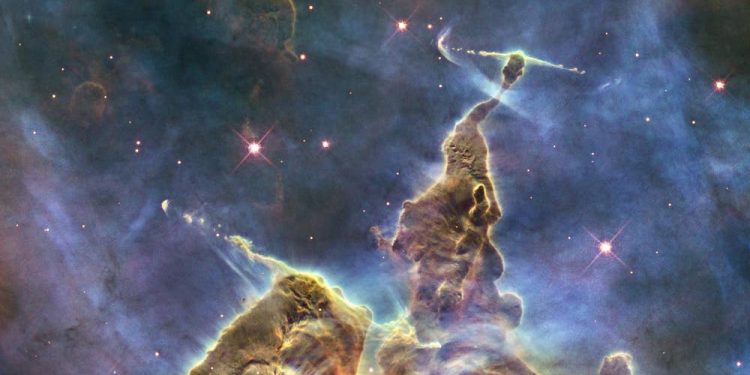A scientist has revealed a “sad, lonely, cold” picture of the universe as it comes to its end. Through the quiet, dark end of the universe, however, there could be silent fireworks as stars that were never meant to explode turn into spectacular supernovas.
That is according to new research from Matt Caplan, from Illinois State University, which has been accepted for publication in the Monthly Notices of the Royal Astronomical Society.
As it comes to its end, the universe will be unrecognisable from how it is today, and humanity will almost certainly have come to an end long before. The cosmos will be almost entirely dark, littered with black holes and the remains of stars that have long-since burnt out.
It will be a bit of a sad, lonely, cold place,” said Professor Caplan said in a statement.
But amid that darkness will be “black dwarfs”, the stars that his new work focuses on. Today, smaller stars that cannot explode into a supernova shrink down into white dwarfs, changing the trillions of years that are left before the universe dies out.
“Stars less than about 10 times the mass of the sun do not have the gravity or density to produce iron in their cores the way massive stars do, so they can’t explode in a supernova right now,” said Professor Caplan. “As white dwarfs cool down over the next few trillion years, they’ll grow dimmer, eventually freeze solid, and become ‘black dwarf’ stars that no longer shine.”
Though those stars would cool down, as they shrink into incredibly dense collections of light elements – about the size of the Earth but with the mass of the Sun – nuclear reactions would continue. Those reactions would be slow and cold, but would eventually turn the black dwarf into iron and create a supernova.
It’s this that would last long after the rest of the universe had faded to black, with those black dwarfs turning supernova and illuminating the universe even as everything else had disappeared.

As with the end of the universe, this is a long way off. The first of these black dwarf supernovae is predicted to occur in about 10 to the 1100th years, a length that read out would mean saying “trillion” nearly 100 times.
It will also not happen to most black dwarfs. Only about 1 per cent of the stars that exist this day – roughly a billion trillion, in all – will blow up this way, with others such as our Sun failing to have enough mass to create a supernova explosion.
The most massive black dwarfs will explode first, said Professor Caplan, and the smaller ones will follow. Eventually, there will be nothing left to go off and the universe will fall into silence, with nothing ever happening again.
“It’s hard to imagine anything coming after that, black dwarf supernova might be the least interesting thing to happen in the universe. They may be the last supernova ever,” he said.
“Galaxies will have dispersed, black holes will have evaporated, and the expansion of the universe will have pulled all remaining objects so far apart that none will ever see any of the others explode. It won’t even be physically possible for light to travel that far.”











